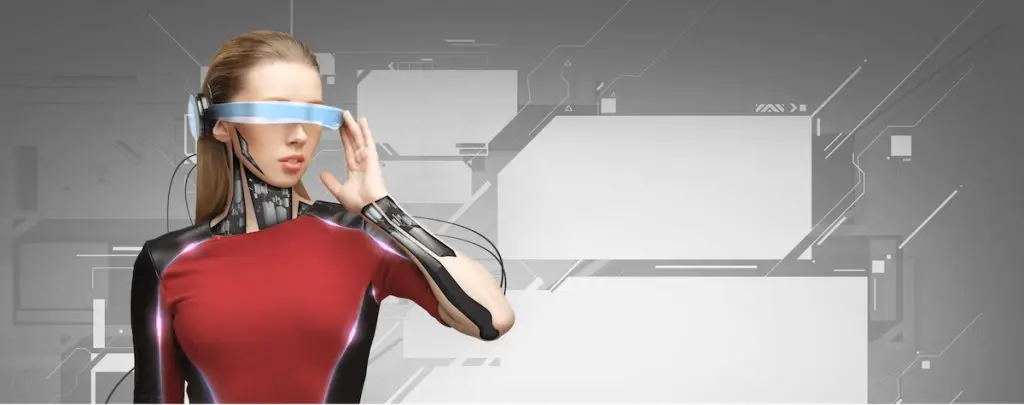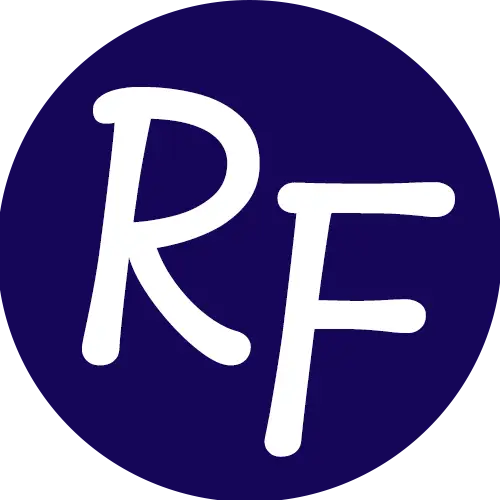As businesses continue to seek ways to reduce costs while enhancing efficiency and productivity, automation has become increasingly popular. Automation allows companies to automate repetitive tasks, freeing up their employees to focus on more important tasks. But what exactly is automation? And how does Robotic Process Automation (RPA) differ from Intelligent Automation (IA)? In this article, we’ll explore the differences between RPA and IA, their benefits, use cases, and how to choose the right automation solution for your organization.
Introduction to RPA and Intelligent Automation
Automation is the use of technology to automate tasks that were previously done manually. It can range from simple tasks such as data entry to complex tasks such as financial analysis. Automation can be achieved through various technologies, including RPA and IA.
RPA is a technology used to automate repetitive, rule-based tasks. It uses software robots to mimic human actions, such as logging into applications, copying and pasting data, and filling out forms. RPA is designed to work with structured data and can be easily integrated into existing systems.
IA, on the other hand, is a more advanced form of automation that uses artificial intelligence (AI) and machine learning (ML) to automate more complex tasks. IA can work with both structured and unstructured data, and it can learn from past experiences to improve its performance over time.
Understanding Robotic Process Automation (RPA)
RPA is a technology that uses software robots to perform repetitive, rule-based tasks. These tasks can include data entry, data extraction, form filling, and report generation. RPA software robots work by mimicking the actions of a human user, interacting with applications and systems just as a human user would.
One of the key benefits of RPA is its ability to be easily integrated into existing systems. RPA software robots can interact with applications and systems through their existing user interfaces, which means that companies do not need to make significant changes to their existing systems in order to implement RPA.
Another benefit of RPA is its speed and accuracy. RPA software robots can work 24/7 without taking breaks, and they can perform tasks much faster and with greater accuracy than human users. This can help companies to reduce costs and improve efficiency.
How Does RPA Differ from Traditional Automation?
RPA differs from traditional automation in that it is designed to automate tasks that are repetitive and rule-based. Traditional automation, on the other hand, is designed to automate tasks that are more complex and require human decision-making.
Traditional automation often requires significant programming and development work, whereas RPA can be implemented much more quickly and easily. RPA software robots can be trained to perform tasks by simply observing a human user performing the task, which means that companies do not need to hire expensive programmers or developers.
Another difference between RPA and traditional automation is that RPA is designed to work with structured data, whereas traditional automation can work with both structured and unstructured data. This means that traditional automation can be used to automate more complex tasks, such as financial analysis or natural language processing.
RPA vs. Intelligent Automation (IA)
The main difference between RPA and IA is that IA uses artificial intelligence and machine learning to automate more complex tasks. IA can work with both structured and unstructured data, and it can learn from past experiences to improve its performance over time.
RPA, on the other hand, is designed to automate repetitive, rule-based tasks. RPA software robots work by mimicking the actions of a human user, and they can only perform tasks that they have been specifically programmed to do.
Another difference between RPA and IA is that IA is more flexible than RPA. IA can adapt to changes in data and processes, whereas RPA requires manual updates to its programming in order to adapt to changes.
How Does Intelligent Automation Work?
Intelligent Automation (IA) uses artificial intelligence and machine learning to automate more complex tasks. IA can work with both structured and unstructured data, and it can learn from past experiences to improve its performance over time.
IA can be used to automate tasks such as natural language processing, sentiment analysis, and predictive analytics. IA software can be trained to analyze data and make decisions based on that data, which can help companies to make more informed decisions and improve their processes.
One of the key benefits of IA is its ability to learn from past experiences. IA software can analyze data and learn from past decisions, which can help it to improve its performance over time. This can help companies to continuously improve their processes and make more informed decisions.
Benefits of RPA and Intelligent Automation
Both RPA and IA offer a range of benefits to companies that implement them. Some of the key benefits of RPA include:
- Increased efficiency: RPA can perform tasks much faster and with greater accuracy than human users, which can help companies to improve efficiency and reduce costs.
- Easy integration: RPA can be easily integrated into existing systems, which means that companies do not need to make significant changes to their existing systems in order to implement RPA.
- Scalability: RPA can be scaled up or down depending on the needs of the company. This means that companies can use RPA to automate tasks on a small scale and then scale up as needed.
Some of the key benefits of IA include:
- Automation of complex tasks: IA can be used to automate more complex tasks, such as natural language processing and predictive analytics.
- Continuous improvement: IA can learn from past experiences and improve its performance over time, which means that companies can continuously improve their processes.
- Improved decision-making: IA can analyze data and make decisions based on that data, which can help companies to make more informed decisions.
Use Cases for RPA and Intelligent Automation
RPA and IA can be used to automate a wide range of tasks across various industries. Some of the most common use cases for RPA include:
- Finance and accounting: RPA can be used to automate tasks such as data entry, invoice processing, and report generation.
- Human resources: RPA can be used to automate tasks such as onboarding, offboarding, and benefits administration.
- Customer service: RPA can be used to automate tasks such as email responses, chatbots, and ticket routing.
Some of the most common use cases for IA include:
- Healthcare: IA can be used to automate tasks such as medical coding, claims processing, and patient engagement.
- Manufacturing: IA can be used to automate tasks such as quality control, predictive maintenance, and supply chain management.
- Financial services: IA can be used to automate tasks such as fraud detection, risk management, and portfolio management.
Choosing the Right Automation Solution for Your Organization
When choosing an automation solution for your organization, it is important to consider your specific needs and goals. Some key factors to consider include:
- Complexity of tasks: If you need to automate more complex tasks, such as natural language processing or predictive analytics, IA may be a better solution than RPA.
- Integration with existing systems: If you need to integrate your automation solution with existing systems, RPA may be a better solution than IA.
- Scalability: If you need to scale your automation solution up or down depending on the needs of your organization, RPA may be a better solution than IA.
Future of RPA and Intelligent Automation
As technology continues to advance, the future of RPA and IA looks bright. According to a report by Grand View Research, the global RPA market is expected to reach $25.56 billion by 2027. Similarly, the global IA market is expected to grow at a CAGR of 33.6% from 2021 to 2028.
As more companies adopt RPA and IA, we can expect to see an increase in efficiency, productivity, and cost savings across various industries. We can also expect to see continued advancements in AI and machine learning, which will further improve the capabilities of IA.
Conclusion
In conclusion, RPA and IA are both powerful automation technologies that can help companies to reduce costs, improve efficiency, and enhance productivity. While RPA is designed to automate repetitive, rule-based tasks, IA is designed to automate more complex tasks using artificial intelligence and machine learning.
When choosing an automation solution for your organization, it is important to consider your specific needs and goals, as well as the complexity of the tasks you need to automate. With the continued advancements in technology, we can expect to see further improvements in both RPA and IA, leading to even greater benefits for companies across various industries.





